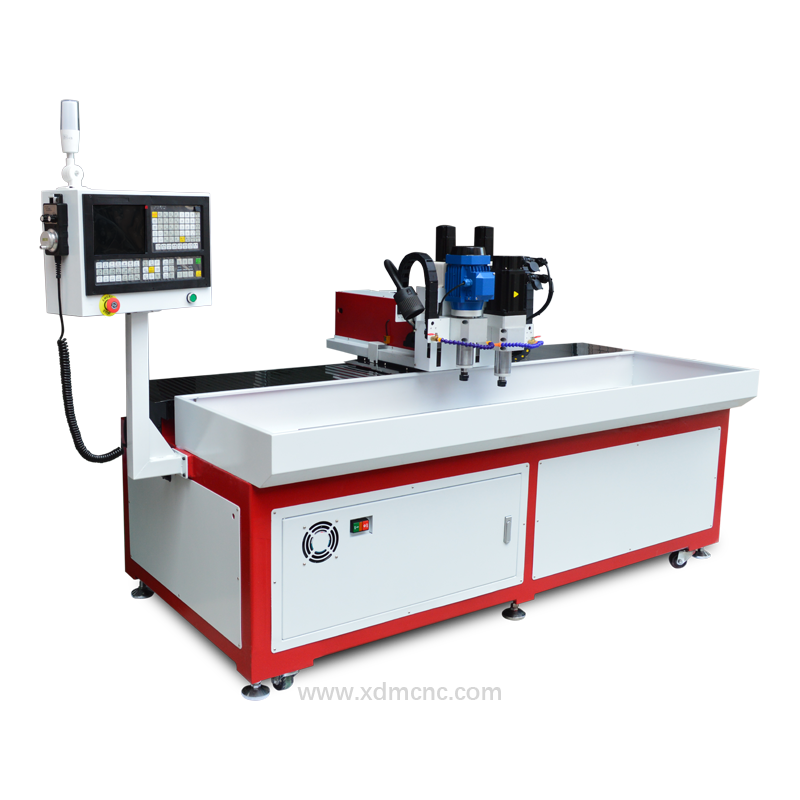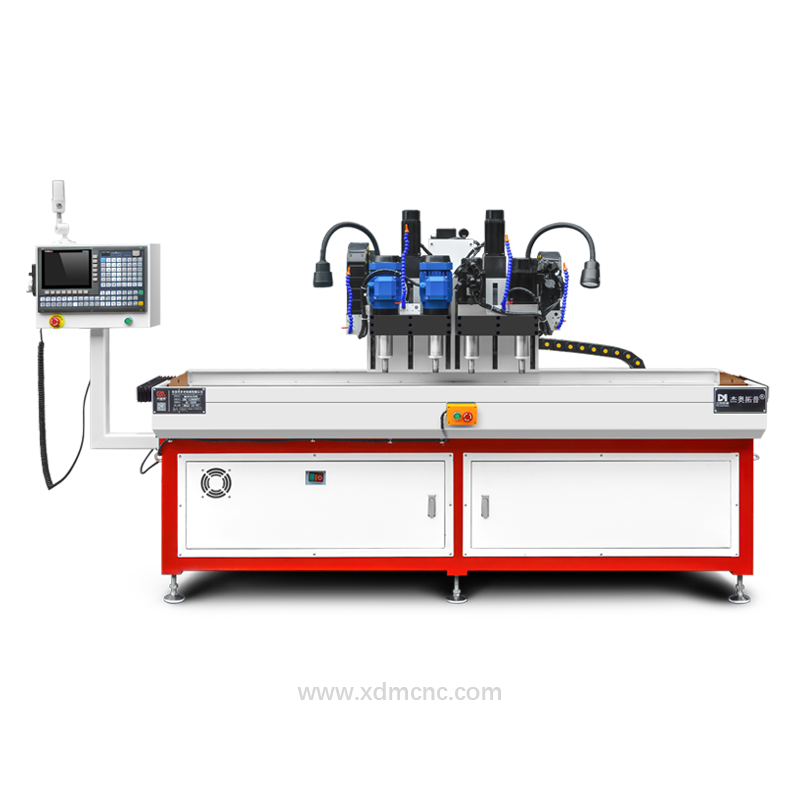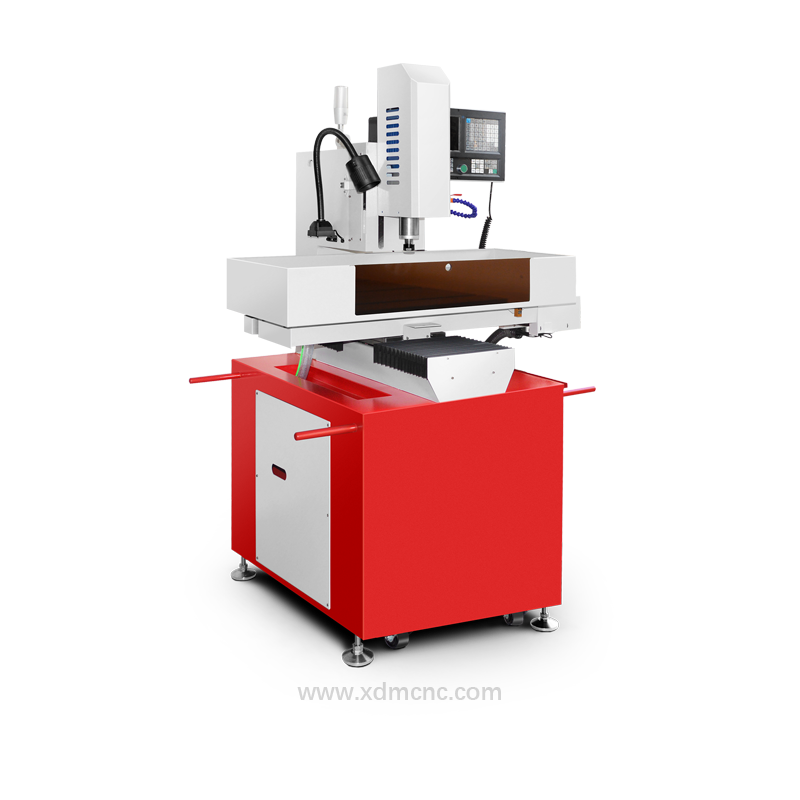The process of drilling and tapping in die-cast aluminum refers to drilling holes and performing thread cutting (tapping) on aluminum alloy die-cast parts. Due to the good machinability of aluminum alloys, drilling and tapping on die-cast aluminum parts is quite common, typically used for creating bolt holes, mounting holes, and other types of connection holes.
Here are some key points to consider when drilling and tapping:
Drilling Selection: Aluminum alloys have relatively low density but also lower hardness, so choosing the right drill bit is crucial. Alloy steel drill bits are commonly used, and ensuring that the drill bit remains sharp is important to avoid excessive heat and chip accumulation during machining.
Tapping Tools: The tapping tool should be selected based on the thread specifications. Either straight flute taps or spiral taps are used, depending on the size of the hole. For smaller diameter threads, manual or automatic tapping machines are commonly used.
Coolant Usage: Since cutting aluminum alloys generates heat, coolant is often used during drilling and tapping to help cool down the material and improve processing efficiency.
Machining Accuracy: High precision is required for the holes in die-cast aluminum parts, and typically, precision equipment is used to ensure that the hole dimensions and thread accuracy meet the specifications.
Surface Treatment: After machining, the surface of the aluminum alloy may have scratches or damage. Proper surface treatment, such as anodizing, is often performed to enhance corrosion resistance and improve the appearance.
Do you have any specific needs or questions regarding this? Click the bottom right corner to contact our online technicians for assistance.







